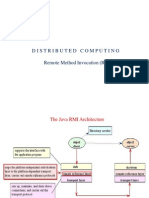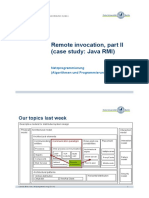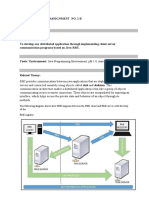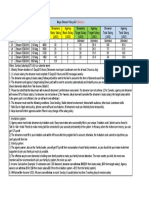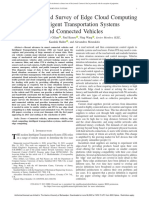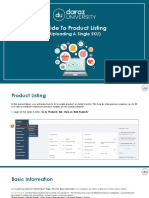0% found this document useful (0 votes)
18 views10 pagesRMI Notes
Remote Method Invocation (RMI) is a Java API that enables remote communication between applications running in different Java Virtual Machines (JVMs) through the use of stub and skeleton objects. The RMI architecture consists of four layers: Application Layer, Proxy Layer, Remote Reference Layer, and Transport Layer, which facilitate the connection, method invocation, and data transmission between client and server applications. A distributed application can be created using RMI by implementing remote interfaces and managing remote object references via a naming server or registry.
Uploaded by
sreeee437Copyright
© © All Rights Reserved
We take content rights seriously. If you suspect this is your content, claim it here.
Available Formats
Download as PDF, TXT or read online on Scribd
0% found this document useful (0 votes)
18 views10 pagesRMI Notes
Remote Method Invocation (RMI) is a Java API that enables remote communication between applications running in different Java Virtual Machines (JVMs) through the use of stub and skeleton objects. The RMI architecture consists of four layers: Application Layer, Proxy Layer, Remote Reference Layer, and Transport Layer, which facilitate the connection, method invocation, and data transmission between client and server applications. A distributed application can be created using RMI by implementing remote interfaces and managing remote object references via a naming server or registry.
Uploaded by
sreeee437Copyright
© © All Rights Reserved
We take content rights seriously. If you suspect this is your content, claim it here.
Available Formats
Download as PDF, TXT or read online on Scribd
/ 10


